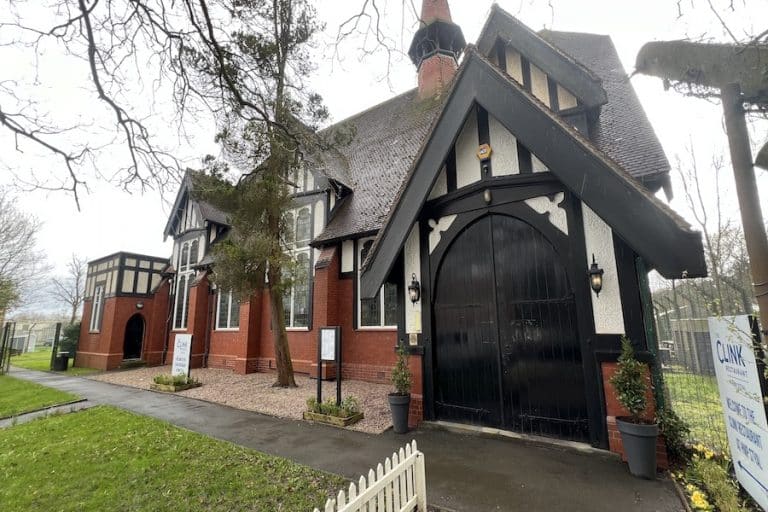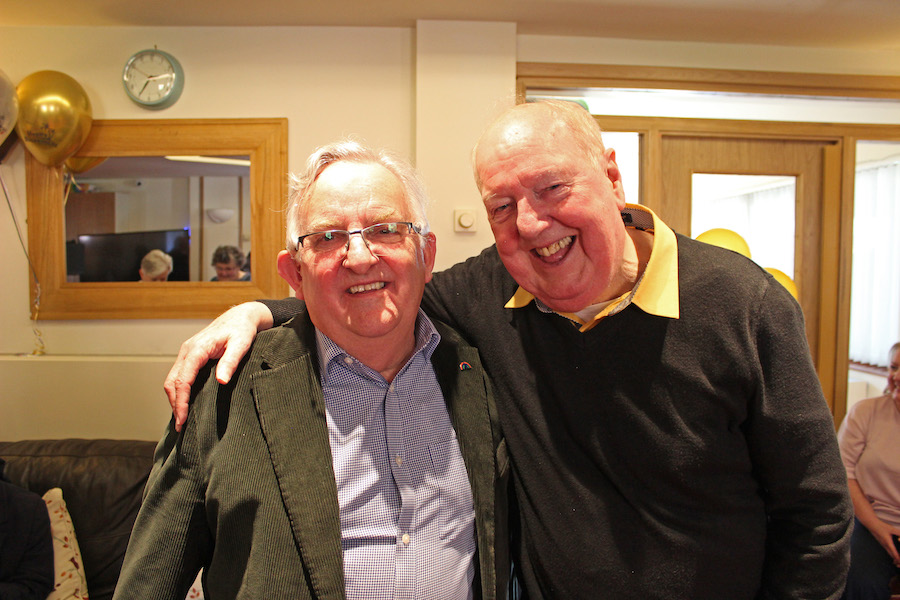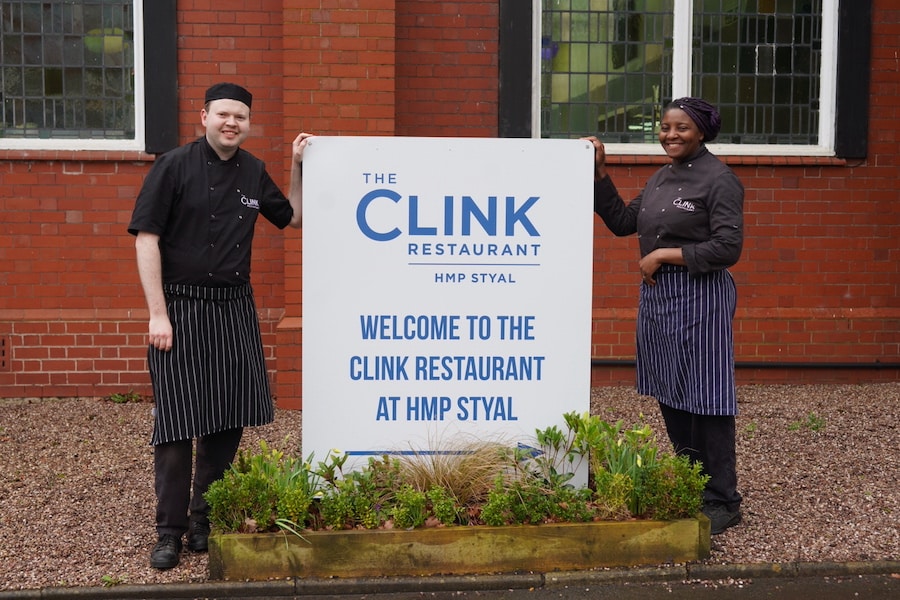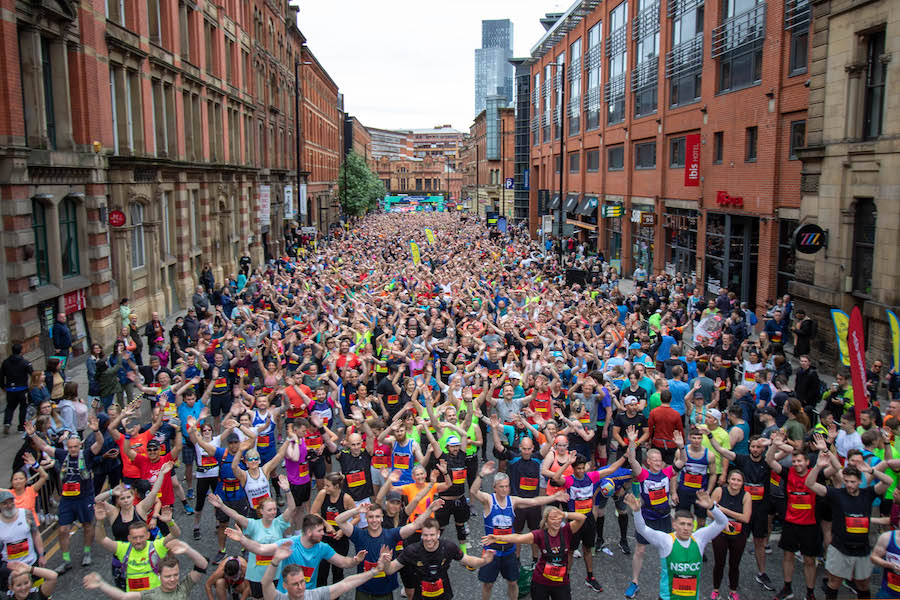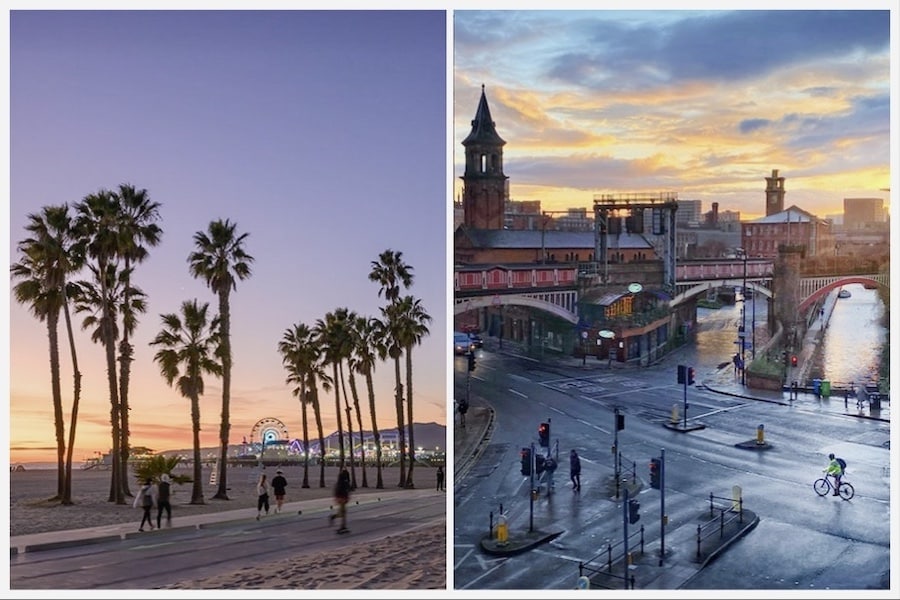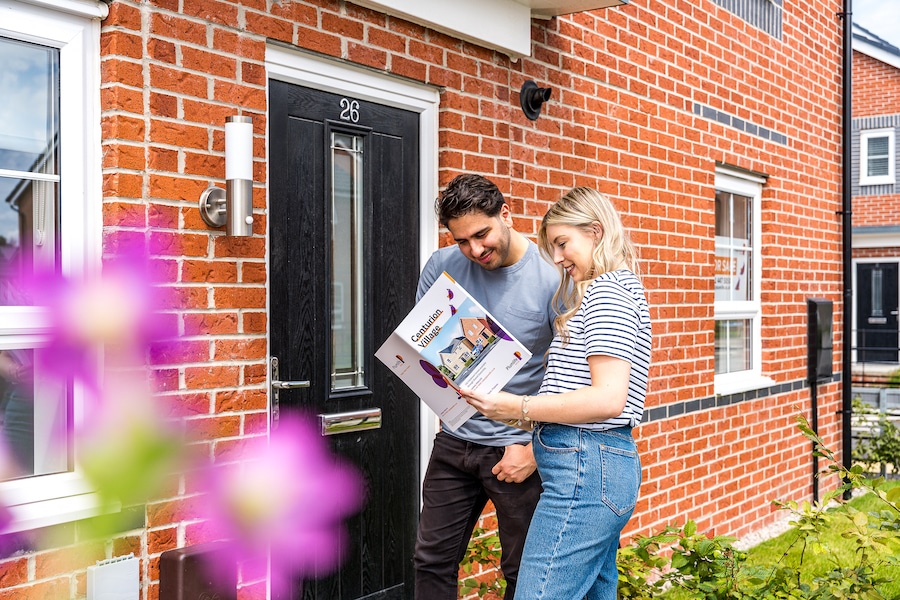Dave Haslam goes in search of the recording studios that launched the Manchester music scene
- Written by Dave Haslam
- Last updated 7 years ago
- Culture, Music
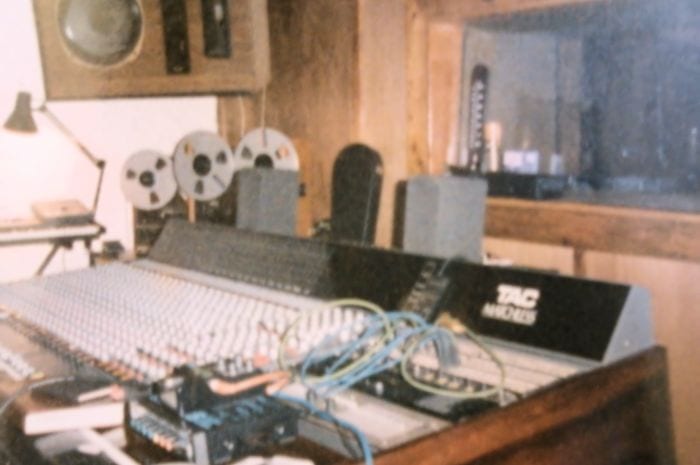
A healthy music scene thrives in an eco-system of rehearsal rooms, labels, promoters, journalists, record shops and venues. A good choice of recording studio facilities is an important part of this eco-system.
Even if you’re a regular drinker in Kosmonaut on Tariff Street in Manchester’s Northern Quarter, you might not know that the building, an old warehouse, used to be rehearsal rooms and a recording studio called Spirit. It was where drummer Mike Joyce was summoned by Morrissey and Marr to audition for the Smiths.
Spirit wasn’t grand, but it didn’t have to be. It was a cheap, entry-level 4-track studio which made it accessible to bands wanting to record demo tapes in their quest to be signed to a label. The first Stone Roses demo tape was recorded at Spirit in August 1984.
Spirit wasn’t the only old building converted into a recording studio. After Manchester’s status as one of the world’s great industrial cities had collapsed, the city had acres of derelict warehouses and mills.
And, from 1976, Manchester had smalls cell of music fans energised by the DIY aesthetic of punk. The crumbling built environment became their playground.
Many of the city centre studios have since disappeared because of property development. It’s not just a music story. It’s also a vivid illustration of the waves of change the city has witnessed over the last forty years.
Spinningfields is unrecognisable from its late 1970s incarnation. If you find yourself on Gartside Street (which runs towards Granada Studios) – perhaps queuing in Greggs – you’re a short step away from where Indigo Studios was housed in a warren of rooms in a broken-down Georgian building.
Spiral Scratch, the first Buzzcocks EP, is a key moment in the birth of the DIY world of independent labels. Released by New Hormones, it was recorded at Indigo, and produced by Martin ‘Zero’ Hannett who also produced another punk classic, Cranked Up Really High by Slaughter & the Dogs for Rabid Records, again recorded at Indigo.
These small studios were kitted out with a new wave of cheaper machines which hadn’t been available earlier in the 1970s. They were ideal for the rough-and-ready approach of punk. Buzzcocks were looking for energy and authenticity rather than sonic perfection. Plus they were on a budget. The four tracks on their EP were recorded and mixed in one day – 28 December 1976.
Indigo had a sister studios at the Deansgate end of Jackson’s Row called Arrow where the likes of Joy Division, the Distractions and John Cooper Clarke recorded. It was part of a block of buildings built on top of a Quaker Burial Ground. That block was destroyed and Evans Cycles now sits in a new build where the studios once stood.
Ancoats was once a powerhouse of huge cotton mills and warehouses. When the area declined, the music community began to populate buildings like Beehive Mill on Jersey Street, which later also housed Sankeys Soap nightclub.
Beehive Mill was home to the Decibel rehearsal rooms and recording studio. And, again, there’s a Smiths connection. They made their first studio recording there in 1982, before either Andy Rourke or Mike Joyce were in the band.
Out of the Blue was another studio in Ancoats. Opened in June 1985, it was housed in a decaying building on Blossom Street originally built for the storage of fruit, vegetables and fish, and the manufacture of ice cream. The likes of the Distractions, the Fall and 808 State recorded there.
Ancoats is an area currently undergoing hectic development. The building that housed Out of the Blue is still standing on Blossom Street, but it’s been completely refurbished and is now a block of 136 new apartments.
Are the inhabitants of these swish new homes aware that in October 1993, Oasis recorded Shakermaker on the premises? The version ended up on their debut album with a couple of tweaks. Although Out of the Blue closed soon after Shakermaker, the space continued to host studios, including Zombie run by Phil Kirby where Mr Scruff recorded Keep It Unreal.
Joy Division, the Chameleons, A Certain Ratio, and Nico all recorded at Cargo in Rochdale. In 1984, Cargo closed and became Suite 16 run by Shan Hira and Peter Hook. More recently, after a spell as a semi-derelict storage unit, a new studio, VoltaLab, was created in the building.
One of the most significant studios in the area in the early twenty-first century was in Stockport – Moolah Rouge in an abandoned mill on Hallam Street. It was favoured by Badly Drawn Boy, Lonelady, and I Am Kloot, and is now Rubber Soul Studios.
Stockport was also home to Strawberry Studios, currently the subject of a celebratory exhibition in the town. In a previous post, I told the story of some of the acts that recorded there, from 10cc to Joy Division.
Many studios have no modern reincarnations. Pluto on Granby Row, Drone in Chorlton and Revolution on Church Road in Cheadle Hulme have all gone. The Kitchen in Hulme, where the Ruthless Rap Assassins and others recorded, disappeared when the Crescents were demolished.
Of course, plenty has changed in music and Manchester since the mid-1980s, with waves of development, new generations emerging, and recording technology evolving. Four Tet recently posted a photo on Twitter of the set up he’d recorded his latest album with – not much more than a laptop and a couple of speakers.
Although many studios have disappeared, as ever in Manchester, there’s another chapter full of creativity to add to the story.
There’s still a thriving scene in the city and a range of recording studios. In a future post I will point out a few, including Blueprint, 6db, and Vibe.
- This article was last updated 7 years ago.
- It was first published on 20 November 2017 and is subject to be updated from time to time. Please refresh or return to see the latest version.
Did we miss something? Let us know: press@ilovemanchester.com
Want to be the first to receive all the latest news stories, what’s on and events from the heart of Manchester? Sign up here.
Manchester is a successful city, but many people suffer. I Love Manchester helps raise awareness and funds to help improve the lives and prospects of people across Greater Manchester – and we can’t do it without your help. So please support us with what you can so we can continue to spread the love. Thank you in advance!
An email you’ll love. Subscribe to our newsletter to get the latest news stories delivered direct to your inbox.
Got a story worth sharing?
What’s the story? We are all ears when it comes to positive news and inspiring stories. You can send story ideas to press@ilovemanchester.com
While we can’t guarantee to publish everything, we will always consider any enquiry or idea that promotes:
- Independent new openings
- Human interest
- Not-for-profit organisations
- Community Interest Companies (CiCs) and projects
- Charities and charitable initiatives
- Affordability and offers saving people over 20%
For anything else, don’t hesitate to get in touch with us about advertorials (from £350+VAT) and advertising opportunities: advertise@ilovemanchester.com

Head down the rabbit hole for Adventures in Wonderland with Z-arts
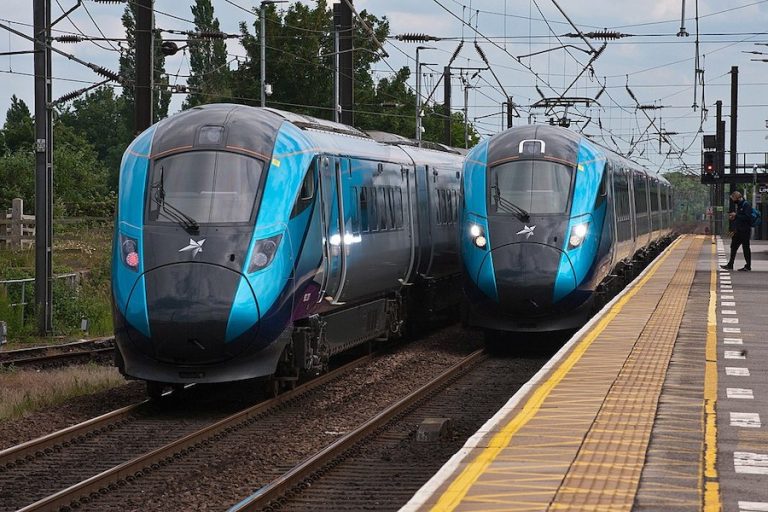
Major rail investment set to transform Manchester-Leeds commutes
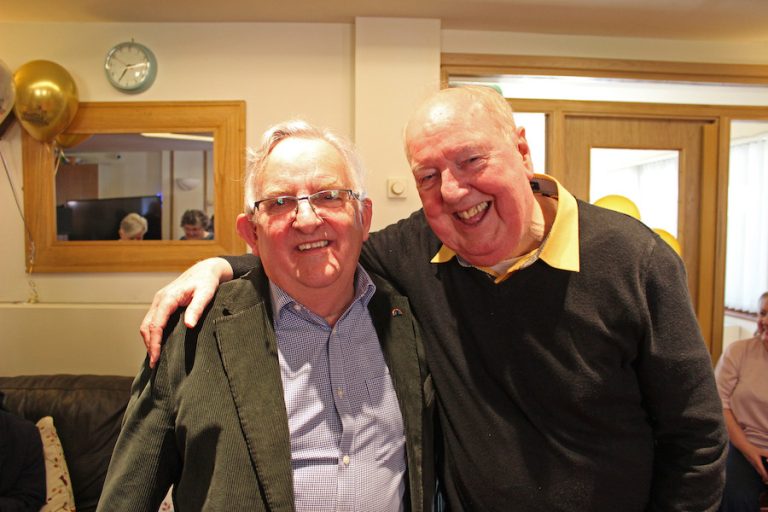
“His presence will be deeply missed” Children’s hospice bids farewell to their visionary CEO
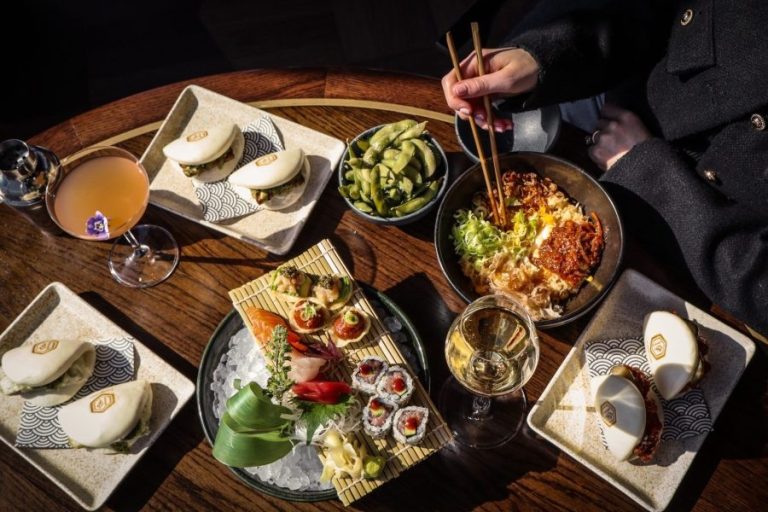
Has Gordon Ramsay created Manchester’s ultimate bottomless brunch?

The Clink celebrates ten years of empowerment and second chances
